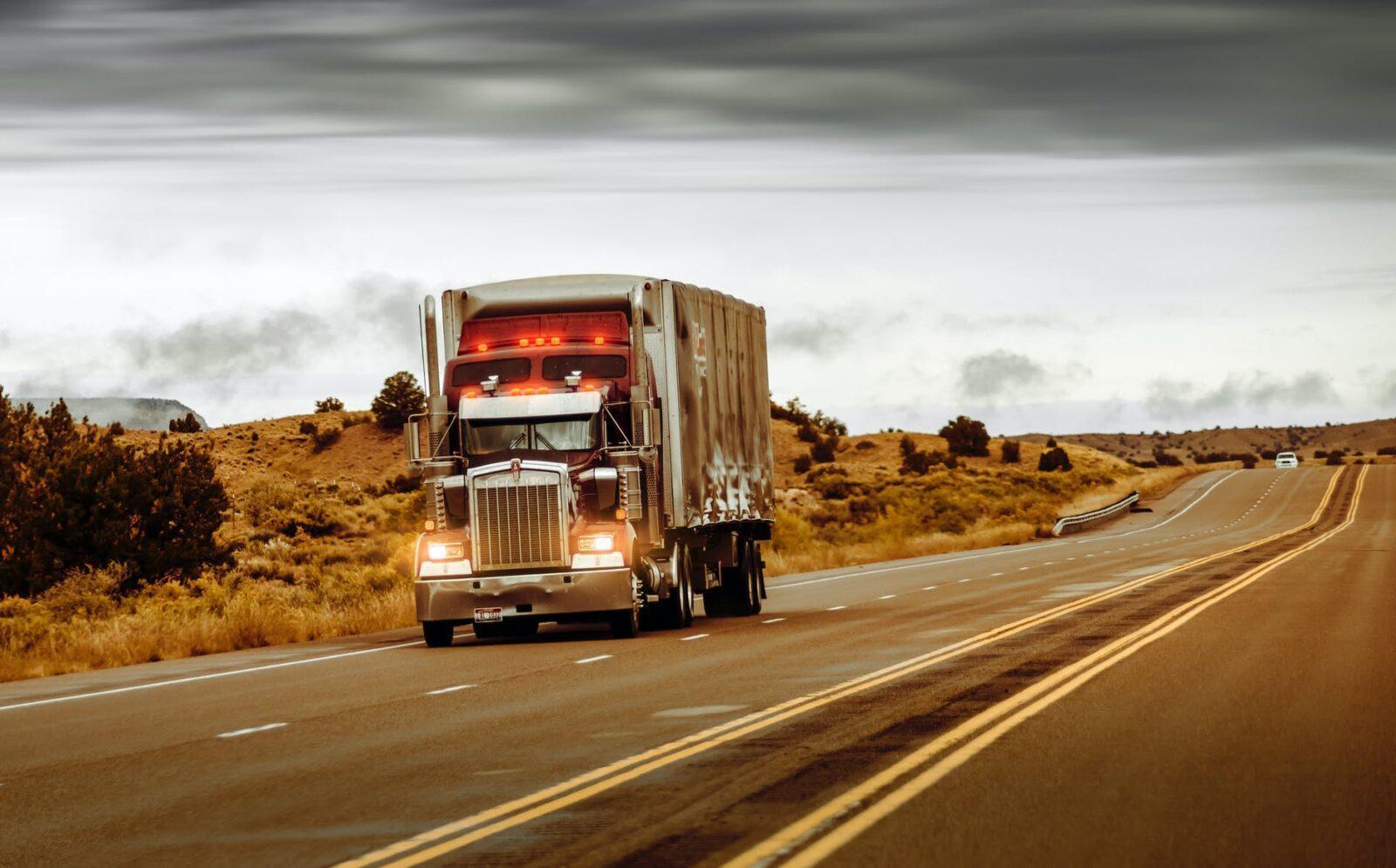Emphasis on emissions reduction is even more important today, especially as the demand for manufacturing and the movement of goods has exploded. Find out how hundreds of companies are working towards ‘net zero’ carbon strategies.
A renewed movement and focus on emissions reduction is gaining significant traction throughout corporate America. Hundreds of companies today have plans to significantly cut back on their greenhouse-gas emissions to “net-zero” through several carbon-reduction technologies.
Nearly 1,400 companies have promised to cut their net carbon dioxide emissions to zero over the coming decades. So-called carbon offsets, where the gas is removed from the atmosphere, are central to many of these plans.
This emphasis on emissions reduction is even more important today, especially as the demand for manufacturing and the movement of goods has exploded because of online shopping. Parcel carriers around the world continue to report record profits with expectations this trend will last into 2021.
The promise of sustainable transportation
Reinforcing this, 2021 has started out with different priorities from President Biden, who has made clean and sustainable infrastructure one of his primary agenda items for his new administration in the White House.
During his presidential campaign, President-elect Biden discussed a $2 trillion plan to build a “modern, sustainable infrastructure and an equitable clean energy future.” These remarks were echoed in a recent article in Logistics Management.
“Americans deserve infrastructure they can trust: Infrastructure that is resilient to floods, fires, and other climate threats, not fragile in the face of these increasing risks,” the plan says.
Sustainable infrastructure that thrives through carbon reduction today is taking place in all forms. For private and for-hire transportation fleets this includes new Class 8 trucks equipped with clean diesel technology that help move retail goods, food and medicine across the country.
Clean transportation initiatives
Organizations continue to put clean, sustainable, and carbon-friendly transportation equipment at the forefront of their operation strategies. In fact, the U.S. Environmental Protection Agency (EPA) recently highlighted 75 companies that received the agency’s SmartWay Excellence Awards, where companies lead their industries by improving freight efficiency and contributing to cleaner air throughout their supply chains.
“The EPA is recognizing leaders in sustainable freight and transportation, an industry that has proven — particularly in this last year — to be absolutely vital to our economy and our way of life,” said Karl Moor, deputy assistant administrator for EPA’s Office of Air and Radiation, in a FleetOwner article. “There is not a family business anywhere in America, a Fortune 500 company, or farm that doesn’t rely on the freight system in some way.”
On average, the transportation system moves about 49 tons of freight valued at more than $53 billion per day, Moor said. More than 72% of this freight — 80% by ton and more than 70% by revenue — moves by truck. Nearly 8 million people are employed by trucking-related jobs, of which 3.6 million are truck drivers, Moor added.
According to Karl Simon, director of EPA’s Transportation and Climate Division, transportation is also the largest contributor to the nation’s climate emissions. Freight currently accounts for about a third of transportation-related greenhouse gas emissions. Globally, freight activity is expected to quadruple by 2050 with associated emissions increases, he said.
Acquiring newer, more efficient heavy-duty trucks through innovative programs
To combat this, fleets are now leveraging critical data, analytics and innovative programs through procurement strategies and life cycle cost management (LCCM) for their Class 8 truck fleets. Implementing an asset management strategy based on shorter vehicle life cycles conserves fuel, reduces emissions, lowers maintenance costs, provides a cleaner environment, and is more economically sustainable.
These programs promote sustainability through optimizing vehicle specification to be more fuel efficient, and to align with the duty cycle as well as geographical locale. Newer specifications include lighter components that allow for longer maintenance intervals, which reduces environmental hazmat waste disposal.
Today’s advanced truck life cycle analytics allow fleets to leverage business intelligence to lower fuel costs by monitoring various metrics of fuel economy, ultimately contributing to a greener environment.
The key in accessing this insight is leveraging data to identify a truck’s tipping point – the point in which it costs more to operate an older truck model than it costs to exchange for a newer more fuel-efficient model. As an example, a recent analysisfrom Fleet Advantage shows that upgrading to 2021 model year truck from a 2016 model would reduce CO2 by 21 metric tons and NOx by 15%. Additionally, this would result in a $16,856 per truck savings. In a fleet of 100 vehicles, that would equate to $1,685,600.
Over time, the true value add is to downstream older truck models into the secondary market, creating an ongoing effect of reduced emissions.
The use of data analytics in truck replacement has been proven to be highly effective. This approach was utilized by a Global-2000 and Top 100 Private Fleet health-conscious wholesale grocer that carries and distributes products to customer locations throughout the U.S. and Canada. The company has over 1,500 Class 8 truck vehicles and runs about 100,000 miles per year. Under the program, the company saved more than 8,500 metrics tons of CO2 as well as helped conserve 848,575 gallons of fuel. Additionally, the company cut costs in their fleet, saving millions of dollars in operating expenses.
America depends on transportation as the backbone of the economy, ensuring that critical goods are moved from one point to another. As we begin a new year and a new presidential administration, a renewed focus on sustainable infrastructure with clean transportation systems will be a key priority. Companies that realize shorter life cycles on trucks, with a strong emphasis in replacing with cleaner equipment will be the true leaders in the economic recovery.
Link: https://www.fleetowner.com/industry-perspectives/ideaxchange/article/21161318/how-fleets-are-reducing-emissions-in-2021
Source: https://www.fleetowner.com
















Leave a Reply